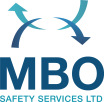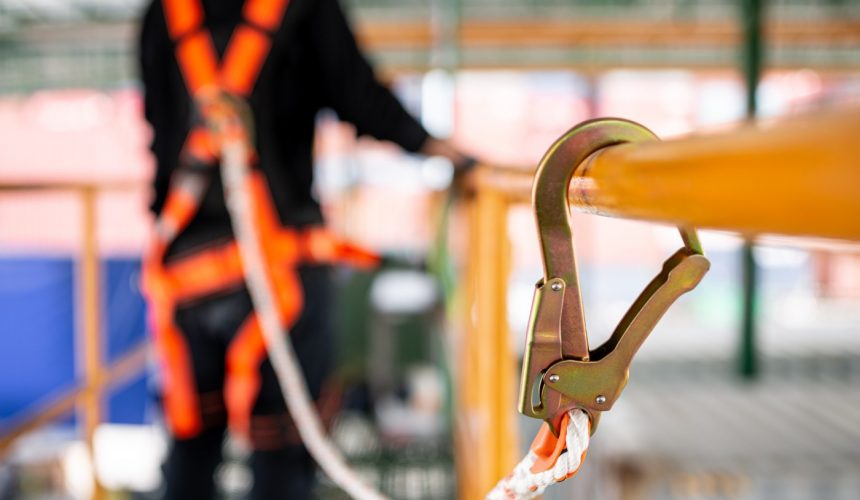Falls from height are one of the biggest causes of workplace fatalities and major injuries. Common causes are falls from ladders and through fragile roofs. The purpose of WAHR is to prevent death and injury from a fall from height. Work at height means work in any place where, if there were no precautions in place, a person could fall a distance liable to cause personal injury. For example you are working at height if you:
- are working on a ladder or a flat roof;
- could fall through a fragile surface;
- could fall into an opening in a floor or a hole in the ground.
WAHR stands for the Work at Height Regulations 2005. These regulations are designed to prevent death and injury caused by falls from height. They apply to all work at height where there is a risk of a fall liable to cause personal injury.
Here are some key points:
- Risk Assessment: Employers must assess the risks associated with working at height and take appropriate measures to minimize them.
- Planning and Supervision: All work at height must be properly planned, supervised, and carried out by competent people.
- Use of Equipment: Employers must ensure that the right type of equipment is used for the job and that it is properly maintained.
- Training: Workers must be trained to use the equipment safely and understand the risks involved.
- Avoiding Risks: Where possible, work at height should be avoided. If it cannot be avoided, measures should be taken to prevent falls or minimize the distance and consequences of a fall.
The purpose of The Work at Height Regulations 2005 is to prevent death and injury caused by a fall from height. If you are an employer or you control work at height (for example facilities managers or building owners who may contract others to work at height) the Regulations apply to you.
Employers and those in control of any work at height activity must make sure work is properly planned, supervised and carried out by competent people. This includes using the right type of equipment for working at height. Low-risk, relatively straightforward tasks will require less effort when it comes to planning.
Employers and those in control must first assess the risks.
Employees have general legal duties to take reasonable care of themselves and others who may be affected by their actions, and to co-operate with their employer to enable their health and safety duties and requirements to be complied with.
At MBO Safety Services Ltd, we offer a Working at Height Course which is designed for anyone whose work involves in working at height, using equipment such as stepladders, ladders, hoists, scaffolding etc. With our main office in Oswestry, we carry out much of our training here, but we are also able to come to your premises if this is more convenient. Please feel free to get in touch to find out more, we would be happy to help.

